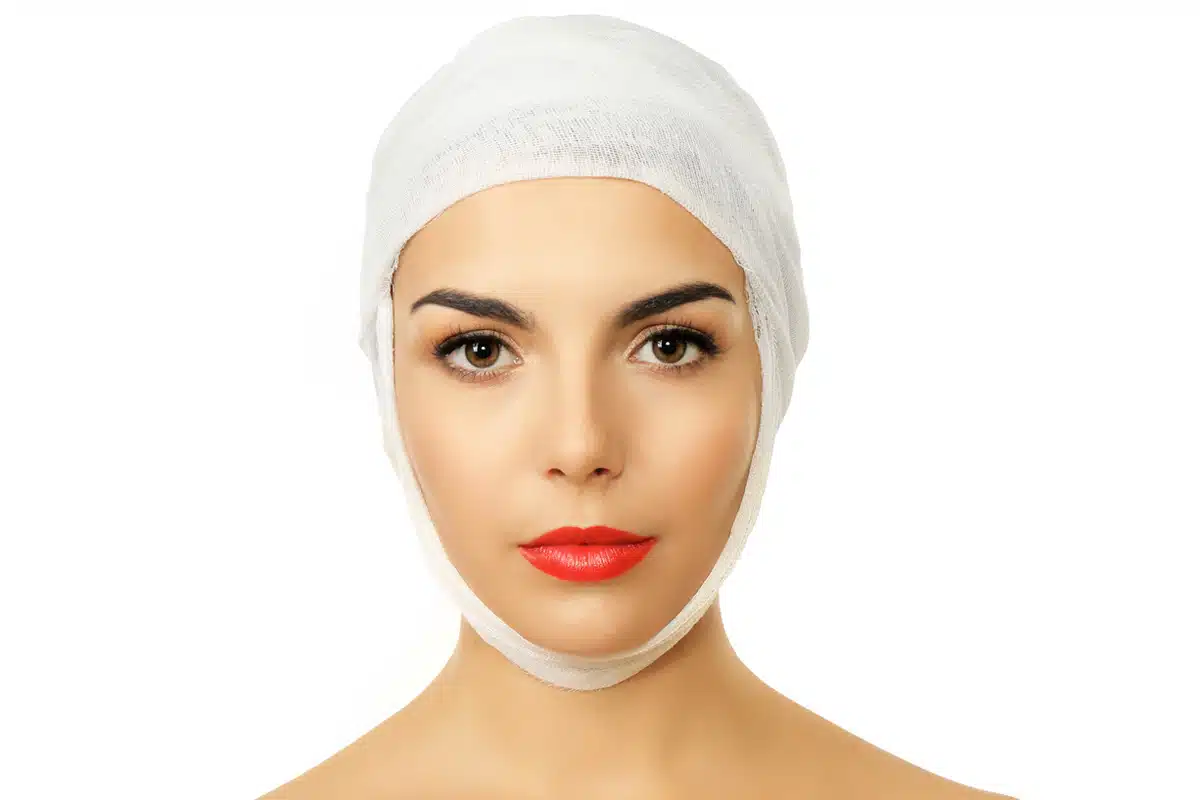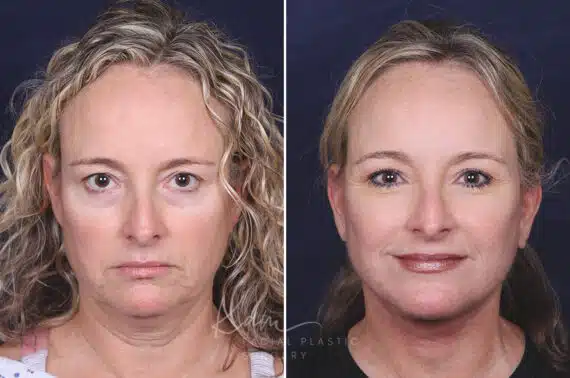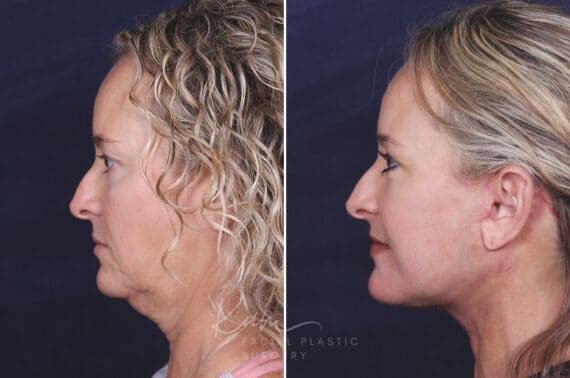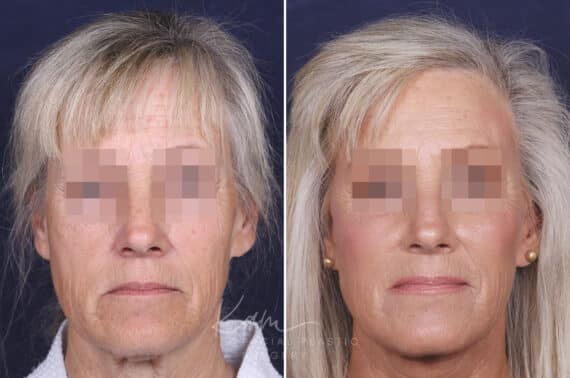Have you ever wondered what happens after the excitement of a facelift procedure? Many patients are surprised to learn that part of the recovery process involves wearing specialized garments, including a head wrap or chin strap. A face wrap after facelift surgery plays a crucial role in supporting healing, minimizing swelling, and ensuring your results look their very best.
But why is compression after facelift surgery so important, and how long should you expect to wear these garments after a facelift or neck lift? In this article, we’ll walk you through what to expect, answer common questions, and give you a step-by-step look at the essential role these garments play in your recovery journey.

How Long Do You Wear a Head Wrap After a Facelift?
After a facelift, patients typically wear a head wrap continuously for 1 to 3 days after surgery, followed by facial compression garments for about 2 to 3 weeks. These garments, worn both day and night, help minimize swelling and protect delicate incisions. Exact timelines can vary depending on your procedure and healing speed, so it’s always important to follow your surgeon’s specific guidance for the best results.
Purpose of the Facelift Compression Garment
Understanding the importance of compression garments is key to appreciating how they support recovery after a facelift procedure. These specially designed wraps not only help manage swelling and bruising but also provide gentle support to delicate facial structures as they heal. By wearing them consistently, patients can optimize their results and ensure the healing process is both smooth and effective.
Reduces swelling and bruising
Wearing a compression garment after a facelift helps limit fluid buildup under the skin, which in turn reduces swelling and bruising. By applying consistent, gentle pressure, the garment promotes proper circulation and supports your tissues as they recover. This makes your healing more comfortable while also allowing your refreshed appearance to become visible sooner.
Supports your chin and neck
A head wrap or facial compression garment provides steady support to the lower portion of your face, including the jawline and neck. By gently holding these areas in place, the garment or a face or chin strap helps maintain surgical adjustments and reduces tension on healing tissues. This added stability encourages better contouring and smoother results during the recovery process.
Promotes optimal healing
Consistent use of a compression garment promotes optimal healing by ensuring tissues stay in their proper position during recovery. The gentle pressure encourages circulation, minimizes discomfort, and reduces the risk of fluid buildup. By supporting the skin and underlying structures, these garments make the healing process smoother and help patients enjoy long-lasting, natural-looking results.
Guidelines for Head Wrap Use During Plastic Surgery Recovery
Following the right care steps after a face lift is essential, and your surgeon will provide detailed instructions to help ensure a smooth recovery. These guidelines are designed to protect your incisions, encourage healing, and make sure your results last. In facial plastic surgery, proper use of head wraps and compression garments is a vital part of this process.
Keep your hands and face clean
Maintaining cleanliness is essential while wearing a head wrap after your facelift. Always wash your hands before touching the garment or your face to avoid introducing bacteria to the healing incisions. Gently cleansing your skin as directed by your surgeon helps minimize the risk of infection and keeps your recovery on track.
Place the head wrap gently
When putting on your head wrap, always handle it with care to avoid disturbing your healing incisions. The wrap should be snug enough to provide compression but never overly tight, as excess pressure can cause discomfort or slow recovery. Following your surgeon’s directions will help ensure the garment is positioned correctly and comfortably.
Check your skin periodically
It’s important to check your skin regularly while wearing a head wrap to make sure it isn’t too tight or causing irritation. Look for signs of redness, pressure marks, or discomfort around the incisions and adjust the garment if needed. Monitoring your skin closely helps ensure that your healing progresses smoothly and safely.
patient results
* All patients are unique and individual results may vary.
Schedule a Consultation with a Facial Plastic Surgeon
Choosing the right surgeon for your facelift or neck lift is just as important as following recovery instructions. An experienced specialist ensures that every step of your journey, from surgery to healing, is done with safety and precision. Wearing the correct garments, like a face wrap or compression garment, is only one piece of a carefully planned recovery process guided by expert care.
At our clinic, Dr. Joanna Kam stands out as a double-board-certified surgeon in facial plastic and reconstructive surgery as well as otolaryngology-head and neck surgery. She is renowned for her expertise in aesthetic rejuvenation, facial reconstruction after skin cancer removal, and cosmetic rhinoplasty. With her comprehensive approach and passion for empowering her patients, Dr. Kam provides the highest standard of care. Call us today at 856-565-2903 or visit our contact page to schedule your consultation.




